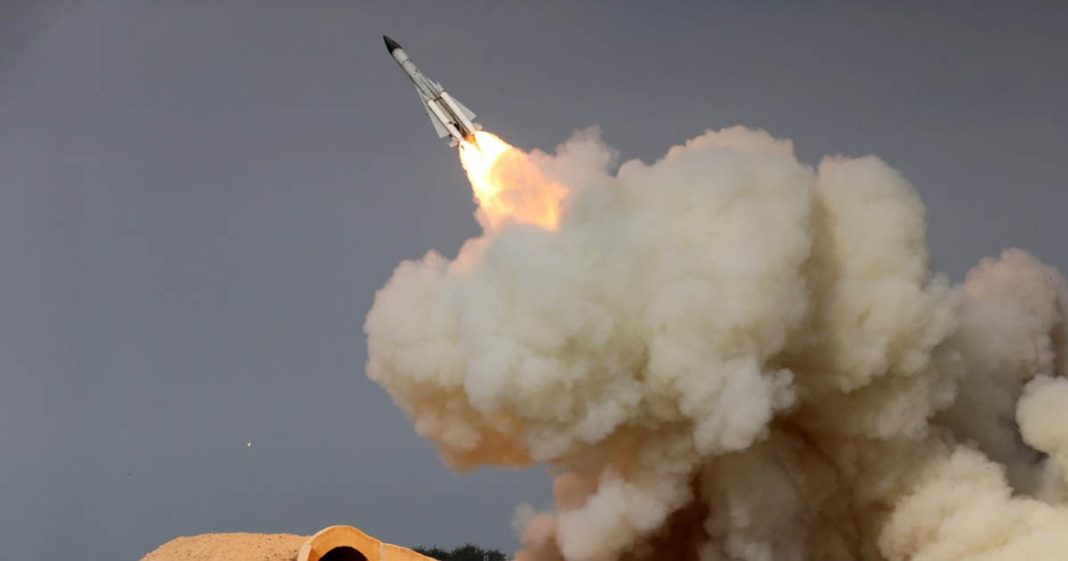The United States’ “Atom for Peace” program in 1953 for peaceful purposes had helped Pakistan to acquire its civil nuclear capability for energy production. In this context, the US had provided Pakistan with a five-megawatt Pakistan Atomic Research Reactor (PARR-1) in 1962. To pursue the initiative, the government established Pakistan Atomic Energy Commission (PAEC) in 1956.
During the early days, hundreds of students were sent abroad for training by PAEC’s Chairman Ishrat Usmani. He had also founded a nuclear teaching institute, Pakistan Institute of Nuclear Sciences and Technology (PINSTECH) in 1965. Despite numerous challenges and hurdles, this is the success story of Pakistan’s civil nuclear program spread over decades of dedication, commitment, and integrated efforts of Pakistani society.
Read more: Shehbaz govt announces 10 day long celebration on nuclearization
PAEC is the governing and supervisory authority of Pakistan’s civil nuclear program
It has built an extensive infrastructure contributing to the socio-economic uplift of the country. Its activities span a wide spectrum, i.e., from nuclear power generation to minerals development, from developing high-yielding and stress-tolerant crops to cancer treatment. From design and fabrication of industrial plants/equipment to human resource development. Accordingly, the Commission manages programs to develop nuclear power and fuel-cycle facilities.
It also develops radiation and radio-isotopes in agriculture, medicine and industry, research, and training of manpower to support the programs of nuclear power and radio-isotope applications. It contributes to basic research in collaboration with world scientific bodies, assisting local industry through R&D of its research labs and quality of the human resources.
In the field of safe energy generation, six nuclear-powered energy generation plants are operating under the supervision of PAEC in Pakistan. Collectively, they generate 3,530 MW of electricity. In addition, nuclear-powered energy generation is climate-friendly with zero CO2 emission and is cost-competitive. The Vision 2050 Nuclear Power Plan of Pakistan is aiming at the generation of 40,000 MW of electricity.
Since its inception, PAEC has prioritized applying nuclear technology in Health Sectors
It has established 18 state-of-the-art Cancer Hospitals spanning the country, and their number is increasing with time. Currently, all Nuclear Medicine & Oncology (NM&O) Hospitals are functioning throughout the country, and these hospitals provide cancer diagnostic and treatment services to approximately 1 million cancer patients in Pakistan every year.
PAEC had established the Pakistan Institute of Nuclear Science and Technology (PINSTEC) to address the dearth of appropriately trained human resource and the absence of even rudiments of a viable scientific and industrial infrastructure. In this context, PINSTECH is keeping pace with the ever-expanding frontiers of knowledge in the nuclear field through research that meets international norms and standards. It also serves as the cutting edge of the PAEC’s technological development for peaceful nuclear energy applications, producing radioisotopes and radiopharmaceuticals to cater the needs of nuclear medical centers, industry, and research establishments.
Read more: North Korean leader promises nuclear revenge
The institute also promotes the applications of radiation and isotope technology in various scientific and technological disciplines to support national programs. Similarly, it commissions the limited production of sophisticated equipment and special nuclear materials required in important non-nuclear fields, which are crucial for the development of science and technology in the country.
To promote agriculture, PAEC has established three research institutions in Tandojam, Peshawar and Faisalabad. Over the years, PAEC has developed more than 121 new high-yielding, stress-tolerant crop varieties fetching additional income to the farmers. The institutes also provide Saline Agriculture Technology for the economic utilization of salt-affected lands in the country. Similarly, it extends expert services in these areas to theInternational Atomic Energy Agency (IAEA) member countries. The institution developed an indigenous and low-cost Laser Land Leveler, which drastically reduces irrigation water requirement for crops and has a leading role in Bio-Tech research and applications.
In the field of human capital, PAEC is dedicatedly engaged in developing trained and quality human resources. It has a network of in-house education and training institutions encompassing all significant nuclear science and technology facets. The institutes are; the Pakistan Institute of Engineering & Applied Sciences (PIEAS) and the Karachi Institute of Power Engineering (KINPOE). They offer Masters’s and PhD degree programs in Chemical & Materials Engineering, Electrical Engineering, Nuclear Engineering, Information Technology, Medical Sciences and Nuclear Power Engineering. In all these centers, engineers, scientists and technicians are given fellowships during training and offered a job in PAEC after completing the training program.
Read more: Pakistan’s peaceful uses of nuclear energy
The success story of Pakistan’s civil nuclear program does not end here
The journey is continuing and bringing more prosperity to our homeland in the fields of science and technology. It also projects Pakistan’s soft, peaceful image of despite several global concerns on our nuclear program.
It is a matter of pride for us that despite a series of national and regional crises and security threats, Pakistan’s civil and military nuclear program has progressed firmly without any mishap. The global community ought to take note and recognize the peaceful dimensions of Pakistan’s nuclear program.
The writer is a Research Officer at Balochistan Think Tank Network (BTTN), at BUITEMS, Quetta. The views expressed in this article are the author’s own and do not necessarily reflect the editorial policy of Global Village Space.














